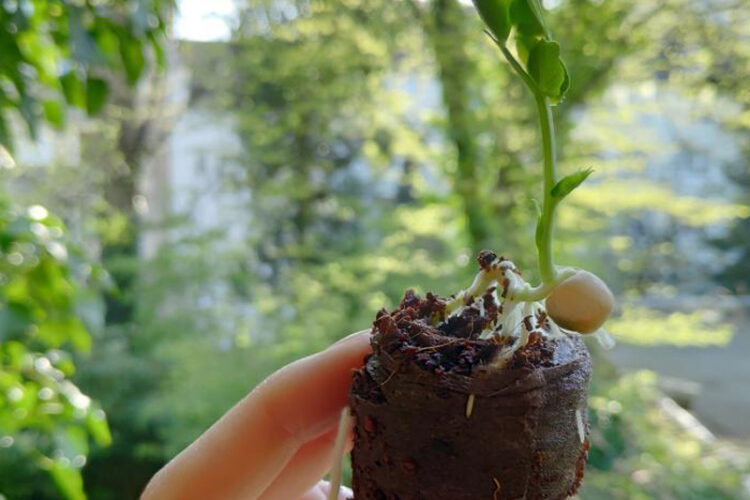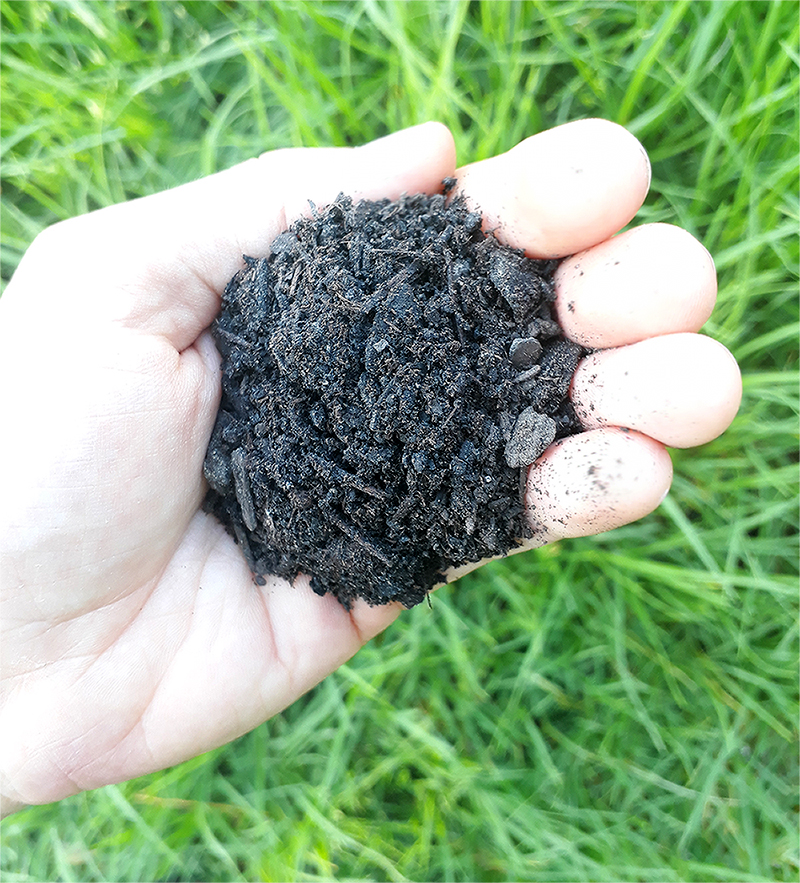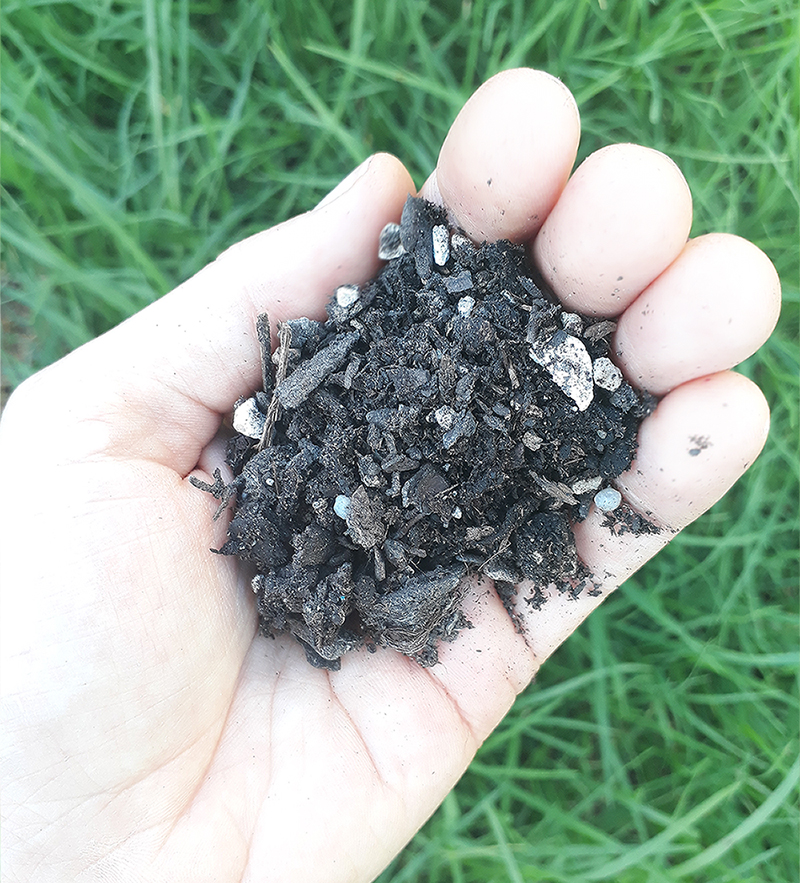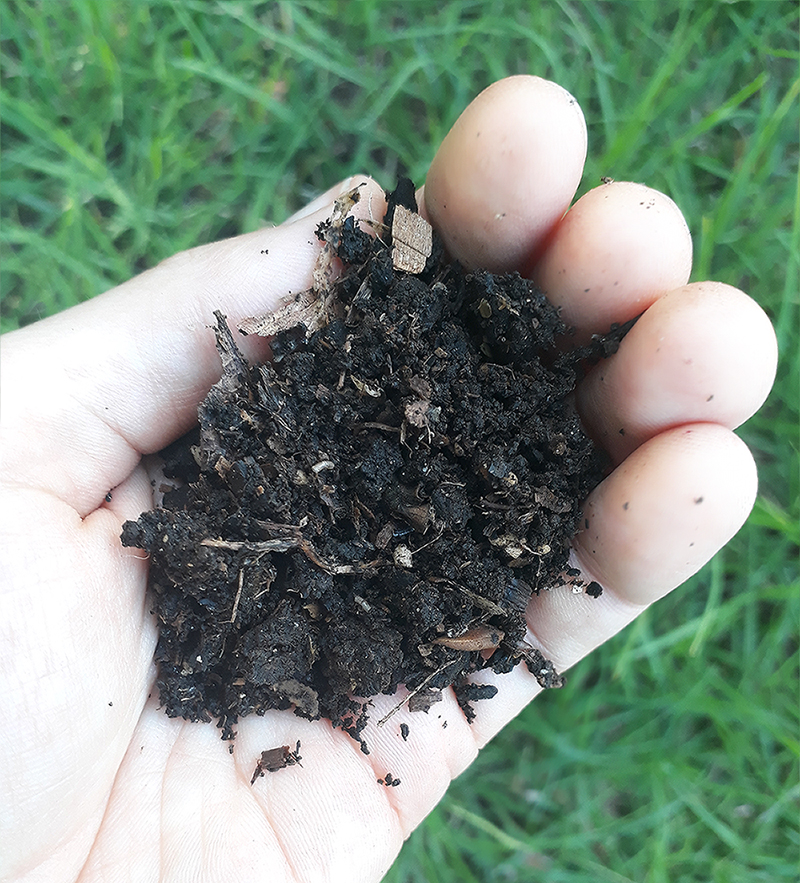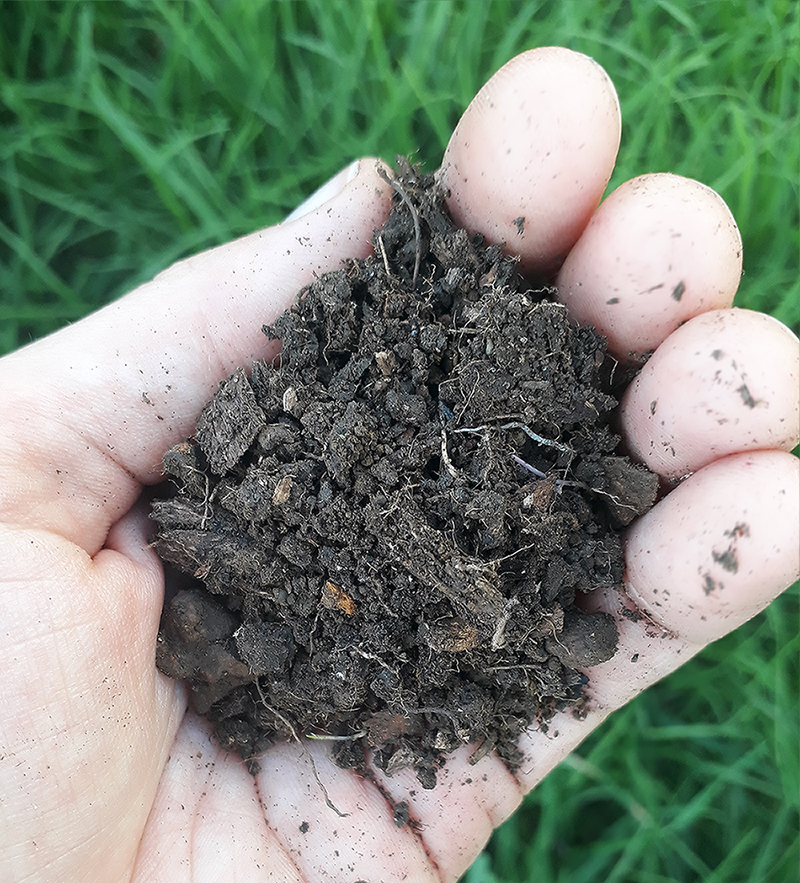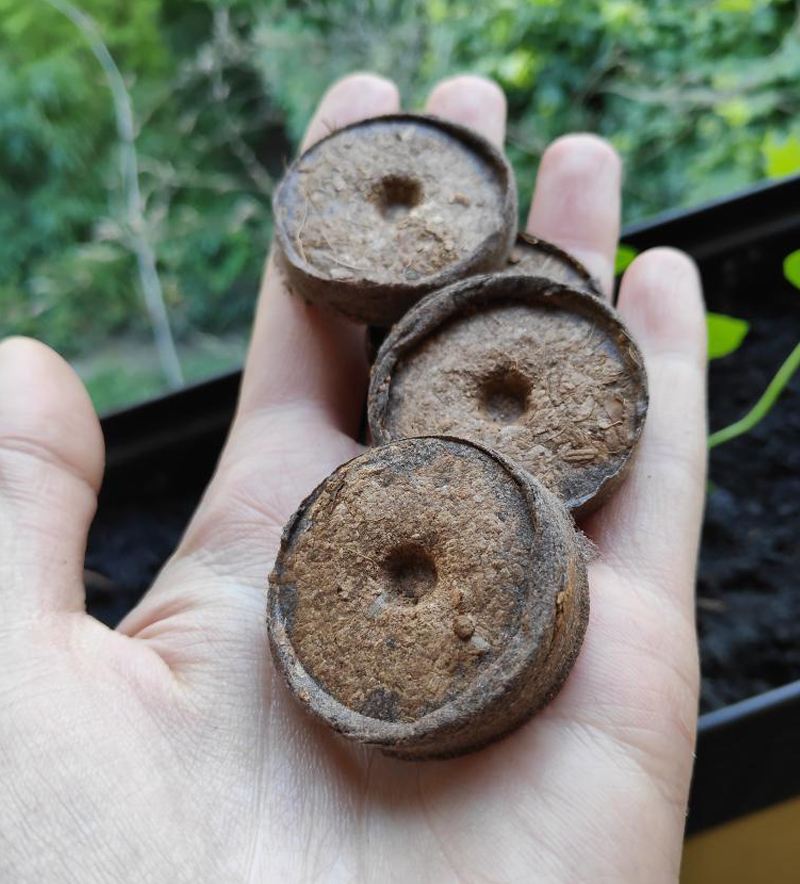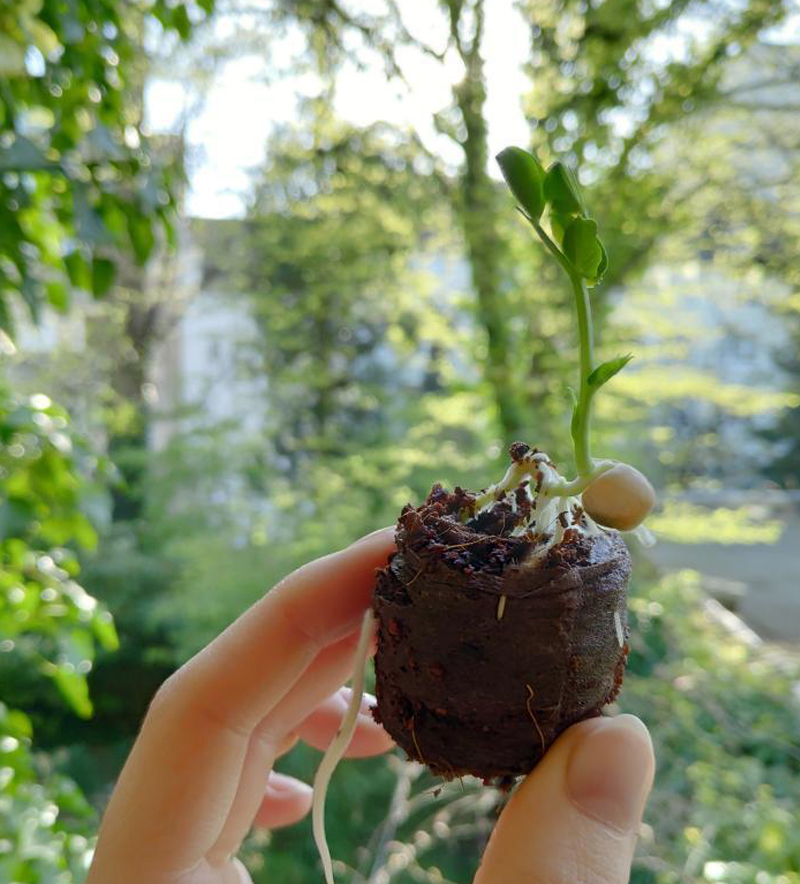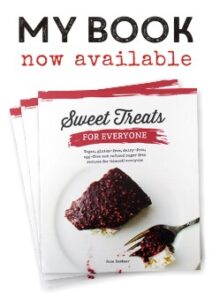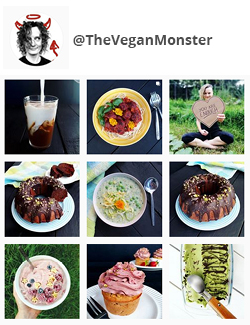Time to grow your own food? There are a few things that you might want to consider when starting out on your new, exciting vegetable garden journey. Of course it is easy to believe that growing your own veges is a very sustainable approach. But what about the growing media that we use?
Let me point out that I’m not an expert in this field. I am also still learning as I go. So if you have any additional information, please share it in the comments. Thank you 🙂
Growing Media & Seeds
For now I would like to focus on seed raising media. This is where our veggie growing experience starts after all. There are so many seeds available for sale. I prefer to use organic and heirloom seeds. In New Zealand you can purchase from an impressive collection that Koanga Institute offers on their website. Kings Seeds also offer a range of organic and heirloom seeds. Another two smaller NZ based seed suppliers are Asian Seeds and Eco Seeds.
Seeds are magical little things. They contain enough nutrients to feed the seedling until the first two ‘true’ leaves appear. After that the seedling prefers to find some nutrients in the growing media in which it has been planted into. Jetzt könntest du natürlich einfach in den nächsten Blumenladen oder Baumarkt gehen und eine Tüte vorgefertigter Blumenerde kaufen. Diese Mischung ist gut abgestimmt und beeinhaltet alle nötigen Komponenten und Nährstoffe.
Now you could go to the shop and buy a plastic bag with a pre-made seed raising mix. It has all sorts of components that guarantee optimum nutrient supply and soil consistency.
If you are a vegan, sustainably minded person, you might want to know that there are a few aspects to be aware of when purchasing ready made seed raising mixes:
-
- It can contain animal products, slaughterhouse waste, such as ground up horns and hoofs, blood, bone and animal hairs or feathers.
- It may contain fertilizer that uses animal sources.
- Or it may can contain chemical fertilizer which has caused a big carbon foot print in production
- It might contain peat, which is known to be a product which creates deforestation and destruction of carbon storage.
- Quite often it comes in a plastic bag.
But there are alternatives that are vegan friendly and more sustainable. Here is a list of ideas. I invite you to share any information or ideas, so I can add it to the list.
Ideas for Growing Media
1. Growing Media from Local Composters
Most places have industrial composting facilities that turn green waste into growing media. This is where I go when I need bigger amounts. You can get it by the trailer load or bring your own containers. It is usually quite affordable. Make sure to get in touch with them and inquire about it first.
Make sure to double-check that they only use composted plants without animal products or peat.
2. Growing Media Waste from Nurseries
This is a rather unusual approach but worth checking out. In my town there are several nurseries that grow landscaping plants or vegetables. They all have a pile of waste – either seedlings that have been dumped because they didn’t grow well enough or didn’t sell. Or potting mix that is left from re-potting plants.
Quite often this stuff just sits there because it isn’t very useful for them.
Be aware that this potting mix most likely contains peat or animal derived fertilizers.
Also, depending on the nursery, they might spray their plants with fungicides, pesticides and other nasties. So you mat choose to avoid soil coming from such an environment.
3. Home-made Compost
One of my favourite solutions is home-made compost. You know what’s in there and it’s as local as it you can get. I could (and possibly will) write another article about this. Because to make good compost you need to pay extra attention to what it is made of.
Be aware that compost is quite rich and heavy. It might help to add some wood chips or small gravel to loosen it up. This way there is better drainage and more aeration for the little roots of the seedlings.
4. Top Soil
You can also use top soil from your own garden or buy it at landscaping supplies. The quality of top soil can vary from place to place.
Be aware that when buying top soil it can possiblly be contaminated. For example here in New Zealand, top soil gets taken away from building sites and then sold. But some houses are built on previous orchard land. If it was used for conventionally grown kiwi or citrus fruit, there may be high amounts of toxic residues from funghicides, pesticides and other nasties.
You can also sterilize top soil in the microwave or the oven to kill off germs and weed seeds.
5. Ready Made Mix Seed Raising Mix
Please be aware that they usually come in a plastic bag, which is less sustainable than the other options.
For New Zealand readers I can confirm the following products to be free from peat and animal products (to be updated as I go):
Daltons Organic – both Potting Mix and Seed raising Mix (as confirmed by email on 07/04/20)
6. Fair-Trade Coconut Coir Fibre Tabs
A big thank you to Jenny from fuchsteufelsgruen for the beautiful photos of her coconut coir tabs and cute lil pea seedlings 🙂
Coconut coir is made from coconut husk. It usually comes in blocks or tabs which need to be hydrated prior to planting seeds. It is usually cheaper than seed raising mix but also doesn’t contain the nutrients. It also dries out a bit quicker.
The tabs are mostly suitable for one seedling each. They can dry out quickly, especially when exposed to direct sun.
Make sure to purchase fair-trade coconut fiber. Also, they are usually wrapped in plastic.
Good Luck & Happy Gardening
I hope this post has given you a good start on the topic. There is plenty information to be found on the internet. Or connect with your organic gardening friends and neighbors. One never knows, what fountain of wisdom they are (as it happened to me when I asked my favourite human 😉 )
If you have any additional information, please share it in the comments. Thank you 🙂

